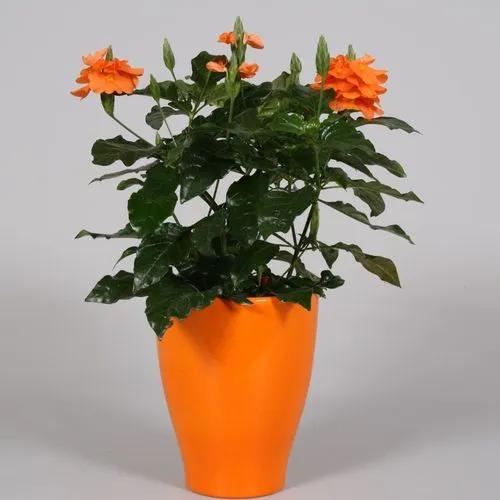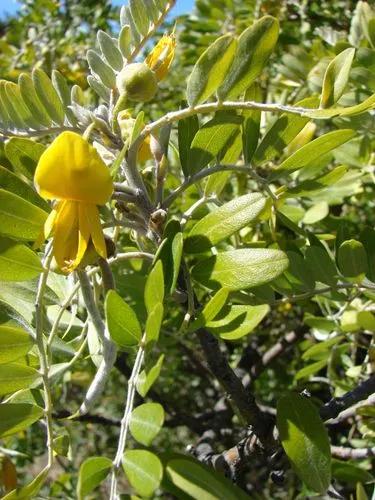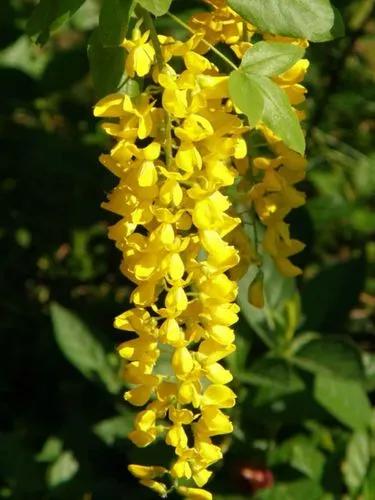Silene chalcedonica (syn. Lychnis chalcedonica), the Maltese-cross, flower of Bristol, Jerusalem cross, or nonesuch, is a species of flowering plant in the family Caryophyllaceae, native to central and eastern Russia, Kazakhstan, Mongolia and northwestern China.
Maltese Cross Care
Silene Chalcedonica



It is a popular ornamental plant in gardens and has gained the Royal Horticultural Society's Award of Garden Merit.
How to Care for the Plant

Water

Maltese cross grows best in evenly moist soil. It requires more frequent watering during summer droughts and when propagating from seed, as the seeds need to be consistently wet in order to sprout.

Pruning

Maltese cross naturally flowers from late spring to mid-summer. Pruning flowers that have faded or gone to seed encourages your maltese cross to produce new flowers throughout the growing season. Sever old flowers or seed pods at their base where they meet the stem using a sharp knife or pruning shears. If your maltese cross has grown tall enough that it is bending under it own weight, make your cut lower on the stem. Pruning an old flower and a section of the stem beneath it will encourage your maltese cross to flower again while remaining upright. If you prune a large section of the stem, it may take several weeks for your flower to recover.

Fertilizer

Maltese cross is not a heavy feeder, but like most plants, it performs best in fertile soil, as opposed soil that is nutrient deficient. An occasional feeding of compost should be sufficient for maintaining plant health.

Soil

Evenly moist and well-drained

Temperature

Maltese cross can survive temperatures above 90 degrees Fahrenheit, however, in order to maintain health, frequent watering during hot spells is advised.

Additional

Saponin has the potential to cause red blood cells to rupture and is only broken down after thorough cooking, so although not strictly toxic, it is best to avoid this plant.

Popularity

212 people already have this plant 15 people have added this plant to their wishlists
Discover more plants with the list below
Popular articles






